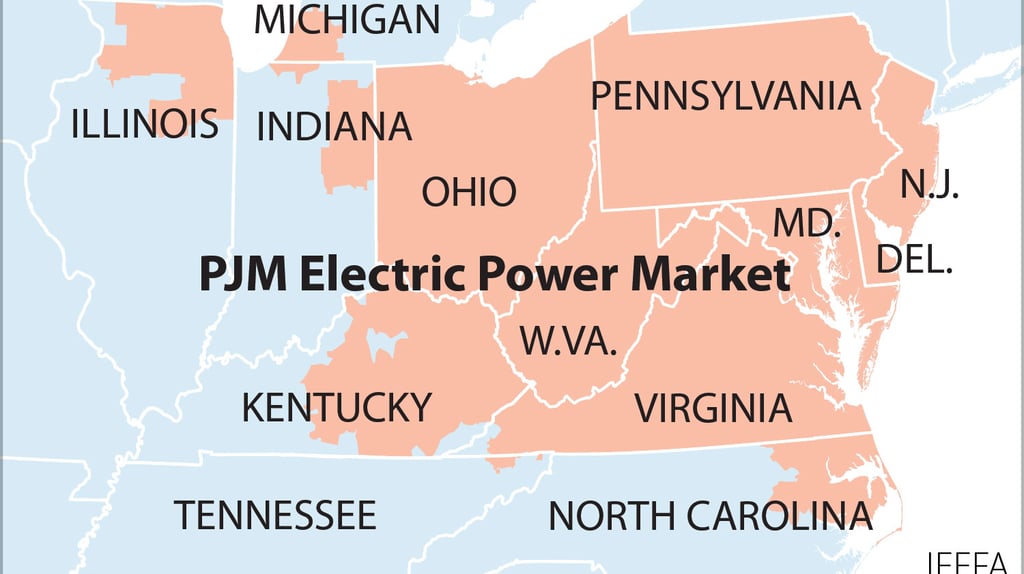PJM's Auction Games: High Prices, No Power, and the Illusion of Market Discipline
Skyrocketing prices, no new power, and a broken system—PJM’s latest capacity auction reveals a market rigged for profits, not progress.
NEWS
Miranda Morrow
2/7/2025


February 7, 2025
By Miranda Morrow
In a move that highlights the growing dysfunction in regional energy markets, PJM Interconnection—the massive grid operator serving 65 million Americans—has agreed to implement a price cap and floor on its upcoming electric capacity auction. The move follows public outrage and formal complaints from Pennsylvania regulators after PJM’s latest auction results produced sky-high prices with zero additional generation capacity added to the grid.
Let that sink in: consumers across Ohio, Pennsylvania, and the Mid-Atlantic are bracing for record electricity bills this summer—and not a single new megawatt will be coming online in return. So where did the money go? Straight into the pockets of entrenched incumbents, thanks to PJM’s opaque and self-serving auction rules.
PJM’s justification for the price spikes was classic market theory: high prices signal tight supply and incentivize investment. But in practice, PJM’s rule changes had the opposite effect—delivering windfall profits to existing generators without improving reliability. That’s not market behavior; that’s regulatory theater.
The “collar” on auction pricing—a cap and floor mechanism—wasn’t implemented out of PJM’s sense of duty. It was forced into place only after the Pennsylvania Public Utility Commission filed a formal complaint highlighting the absurdity of the current model. The auction had become so skewed in favor of the largest players that even conservative regulators could no longer pretend this was a functioning market.
Critics have long warned that PJM's governance structure, dominated by major utilities and fossil fuel interests, routinely bends auction rules to serve those already in power—pun intended—rather than fostering competition or encouraging clean, advanced generation technologies like nuclear or next-gen modular reactors.
Now PJM wants to "collar" prices going forward. But caps and floors do nothing to address the root problem: a system designed to reward inertia, not innovation.
For Ohioans, this is particularly troubling. Our grid is being governed by a regional monopoly that disincentivizes forward-thinking energy investments while extracting wealth from ratepayers under the guise of “market efficiency.” If new generation isn’t rewarded for entering the market, and legacy players are paid simply for existing, what incentive is there for Ohio to lead on energy innovation?
It’s time for Ohio lawmakers and utility regulators to rethink our relationship with PJM. When grid rules reward stagnation over solutions, and consumers foot the bill for phantom capacity, we don’t have a market—we have a racket.
Bottom line: PJM’s auction may be regional, but its consequences are local. Ohio deserves better than a rigged system that delivers higher prices without delivering energy security.


